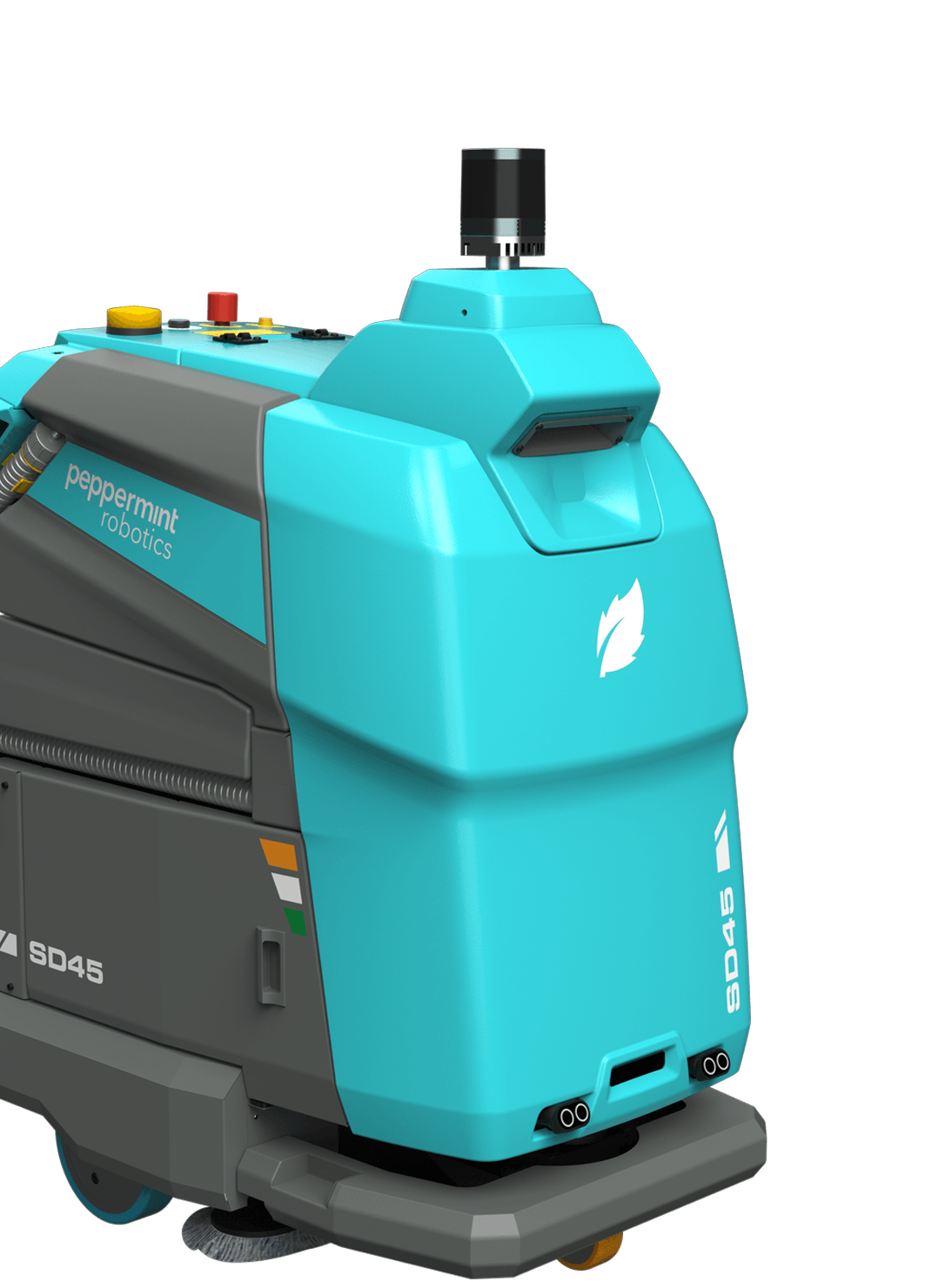Warehousing: An Integral Focus Area
Warehousing is fast becoming an integral part of integrated logistics networks due to technological advancement and reform-led policy measures.
Warehouse Cleaning Statistics
The area of total warehouse stocks across the country was estimated to be approximately 252.7 million square feet in 2020, up from around 208.6 million square feet in 2019, according to Statista. The logistics sector in India touched US$200 billion in 2020, & India’s warehousing requirement is expected to grow at an annual average rate of 9%.
Growth: Local & Global
The warehouse industry in India is a growing industry and it’s going to continue to increase as a favorable real estate asset. The sector has witnessed massive participation from institutional investors and developers amid rising demand from across the sectors.
Globally, warehousing has moved ahead from single-story to multi-story warehouses in densely populated cities and expensive land spaces. A multi-story warehouse consists of more than one floor and is designed to increase the available floor space for optimum results. It results in a better land utilization rate and boosts operational efficiency. Multi-story warehouses have been successful in densely populated cities predominantly in Asian countries such as China, Japan, Hong Kong, India, Singapore, etc. due to high land and construction costs, small site areas, and limited industrial land availability.
Technology Adoption
With the increase in the warehousing and storage market, there has been a concurrent increase in technology usage. Other than the use of tracking, monitoring devices, and sensors to increase efficiency and speed up the process, cleaning and sanitization have also become smart and automated.
Peppermint for Warehouse Cleaning
What makes cleaning warehouses easier? We do!
At Peppermint, we strive to provide a predictable deep cleaning experience for our customers to delight them. Our research enables us to provide astounding results. Peppermint Robots clean better, cover large amounts of floor space at one go, are sustainable, and are intelligent cleaners; they are accountable for their work.
Peppermint floor cleaning machines are a shift from traditional scrubbing Drying drying machines. Using its smart technology, peppermint also uses dynamic pressure that allows it to work efficiently for different types of floors. Welcoming you to the Advancement of Warehouse Cleaning!
At Peppermint, we are committed to transforming warehouse cleaning with our cutting-edge robotic solutions. Our autonomous cleaning robots are designed to deliver a predictable and thorough cleaning experience, ensuring customer satisfaction. Peppermint’s industrial floor cleaning robots are equipped with smart technology that allows them to clean large areas efficiently, adapt to different floor types, and operate sustainably.
Unlike traditional cleaning methods, Peppermint’s commercial robotic floor scrubbers and are intelligent, accountable, and capable of handling diverse cleaning challenges. Peppermint Robotics offers versatile solutions, addressing diverse warehouse cleaning needs. From quick spill clean ups with a wet floor cleaning robot to thorough sanitation using a powerful floor scrubbing robot, our systems are tailored for modern warehouse environments.
Conclusion
Airports are facing a challenge in maintaining a consistent flow of customers and revenue as a result of the Covid-19 pandemic. Airports are addressing this issue by deploying cleaning innovations to satisfy the increased demand for cleanliness from travelers and guarantee their safety. One such solution is the use of autonomous mobile robots (AMRs) for airport janitorial services. These self-driving floor scrubbers are being deployed to keep airports clean, disinfect terminals, and restore passenger confidence. They can adapt to the constantly changing environment of an airport, working seamlessly without staff involvement to improve cleaning efficiency and reduce labor costs.
In addition to high-traffic areas like checkpoints, food courts, hold rooms, and jet bridges, high employee areas such as communication centers, police stations, roll call rooms, and TSA checkpoints also require constant attention to maintain cleanliness. Traditional cleaning methods can be labor-intensive and costly, requiring a large number of employees and significant oversight. To address these challenges, many airports are turning to automation and using robotic floor scrubbers and industrial cleaning robots as a way to improve cleaning efficiency and reduce labor costs.


















